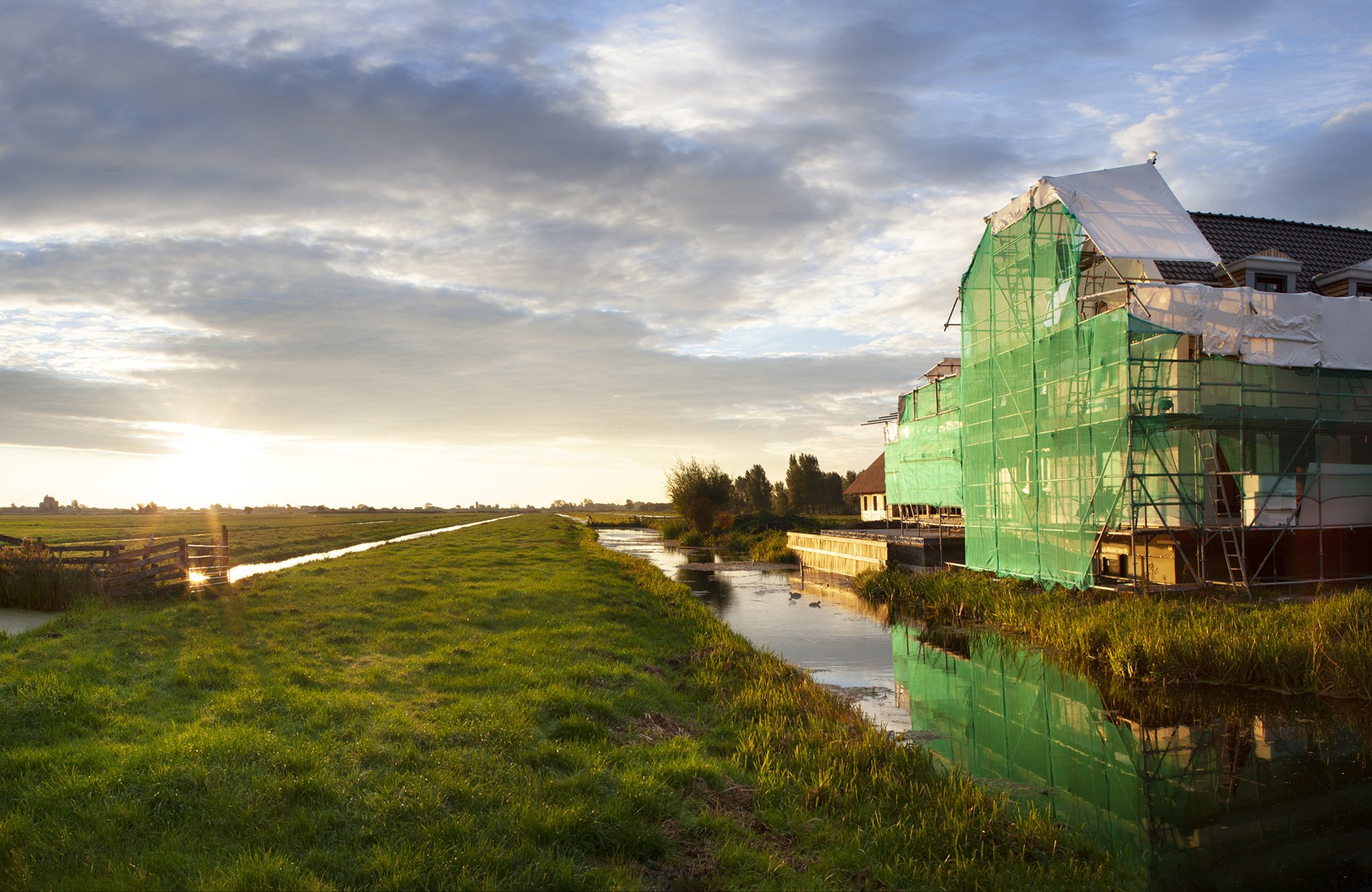Compensation scheme Filling the Gaps
The Filling the Gaps Compensation Scheme programme by the Dutch Environmental Database Foundation (Stichting NMD) was set up to supplement missing environmental data in the Dutch Environmental Database – the so-called 'Witte Vlekken'. With the Filling the Gaps Compensation Scheme, the Dutch Environmental Database Foundation encourages the industry to submit verified, product-specific environmental data.
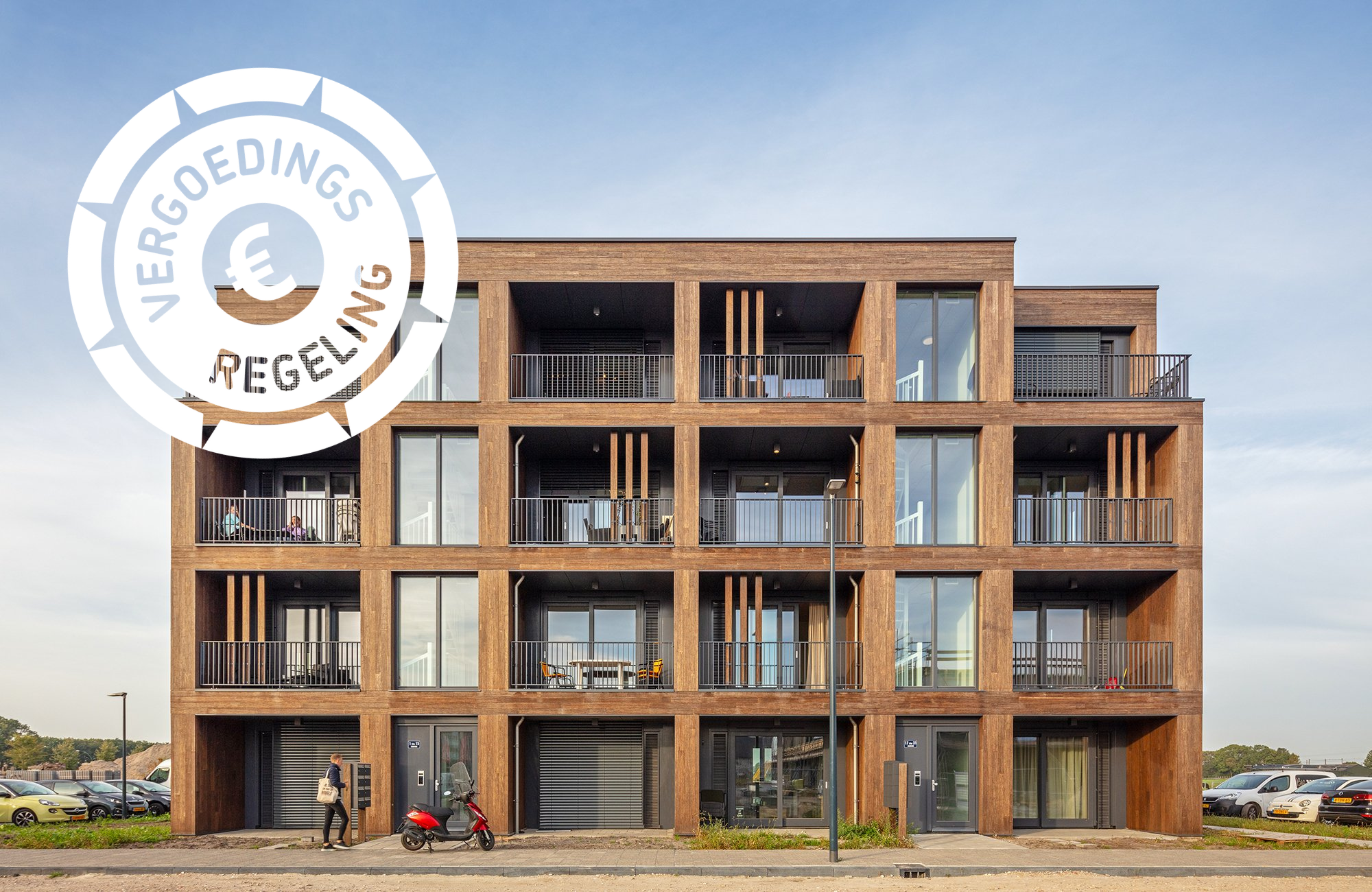
Apply for the Filling the gaps compensation
Which products are eligible?
- Products on the ‘Filling the gaps’ in NMD priority list.
- Products within the National Approach to Biobased Building (NABB) scheme.
- Innovative products that contribute to CO2 reduction in the Netherlands.
Who is the compensation scheme for?
- For manufacturers, producers, suppliers and subcontractors of construction products, building systems and industry associations that have an LCA drawn up and publish the LCA data in the form of an environmental declaration in the NMD.
- For startups and small enterprises that need additional support to comply with regulations.
- Manufacturers and producers of innovative products that contribute to CO2 reduction in the Netherlands.
Applicants who have previously participated in the Filling the Gaps compensation scheme may participate again, provided specific conditions are met (see conditions)
What is the compensation scheme Filling the Gaps
The NMD Foundation's Filling the Gaps programme was set up to fill the missing environmental data in the NMD. With the Filling the Gaps compensation scheme NMD Foundation encourages industry to provide verified, product-specific data. The project, started in January 2022, The project, started in January 2022, has proved successful: almost all 380 available fees have been reserved or disbursed. At the same time, the demand for continuity remains high, partly because 90 applications from 2024 need more time to complete their LCAs. For these reasons, NMD Foundation has agreed with the Ministry of VRO to extend the project until 31 December 2025.
Note!
Compensation can be claimed until November 1, 2025, The spots are limited and the publication date is set.
Three pillars programme Filling the gaps
Increase and broaden incentives for manufacturers and (suppliers)
Strengthen information, education and campaigns to encourage participation
Technical and content support for purposely filling the gaps
Want more information on the process to apply for compensation?

Any questions?
Check the frequently asked questions or contact us at wittevlekken@milieudatabase.nl
GEORDAN TJON JON KOEN
Project Manager, Dutch Environmental Database
Why include an environmental declaration in the Dutch Environmental Database?
1. Insight into the production chain
A life cycle analysis (LCA) gives you valuable information about the environmental impact of your product and the production process. This insight helps you improve your business operations and make them more sustainable.
2. Visible to construction professionals
Is your product included in the environmental database? Then it becomes visible to sustainability professionals who calculate with EPB and ECI tools. This increases the chance that your product will be used in sustainable building projects.
3. Transparant and future-oriented
The requirements for environmental performance calculations will be further tightened in the coming years. Products with approved, testable environmental data (category 1 or 2 data) will soon be essential. By starting now with an LCA, you are prepared and prevent delays.

If the design of a structure cannot be covered by category 1 or 2 environmental declarations, you have to fall back on category 3 declarations. Since category 3 declarations have a 30% surcharge, the MPG/ EQI calculation with category 3 declarations is always higher than the actual environmental impact.
Successful compensation scheme
John Drissen examined where the gaps are. ‘Our inventory in of product groups showed that the gaps were mainly in the ‘installations’, ‘bio-based materials’ and ‘aluminium’ product groups,’ he said. The compensation scheme is a success, because by 2022, so much Aluminium products data has been delivered that this group is no longer a ‘gap’. We are therefore happy to continue this scheme in 2023 for the groups that still need supplementation.
Furthermore, from a strategic point of view, we are also focusing on products released for reuse and recycling and those launched by startups.’
The ultimate goal of the Filling the gaps project is to develop a total of 380 new category 1 or 2 environmental declarations that fulfil the gaps.
In addition to biobased materials and installations, the scheme now also targets:
- Products available for reuse or recycling
- Products from startups offering innovative solutions
Thanks to this scheme, companies have already developed many new environmental declarations. In 2025, we will continue building on that. Join us and strengthen the sustainable position of your product.

A well-stocked database is not only important for the proper functioning of the environmental performance regime, but it also helps achieve our climate goals and make the Netherlands circular by 2050.
Related news
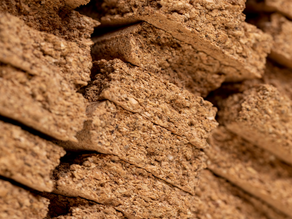

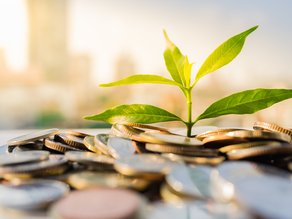
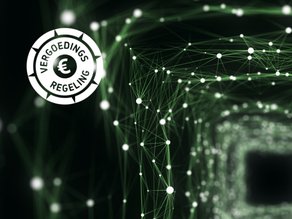
Subscribe to our Newsletter
Sign up for our newsletter and receive monthly updates on sustainable construction, environmental performance, environmental data, policy, and other relevant news from the Dutch Environmental Database Foundation.
